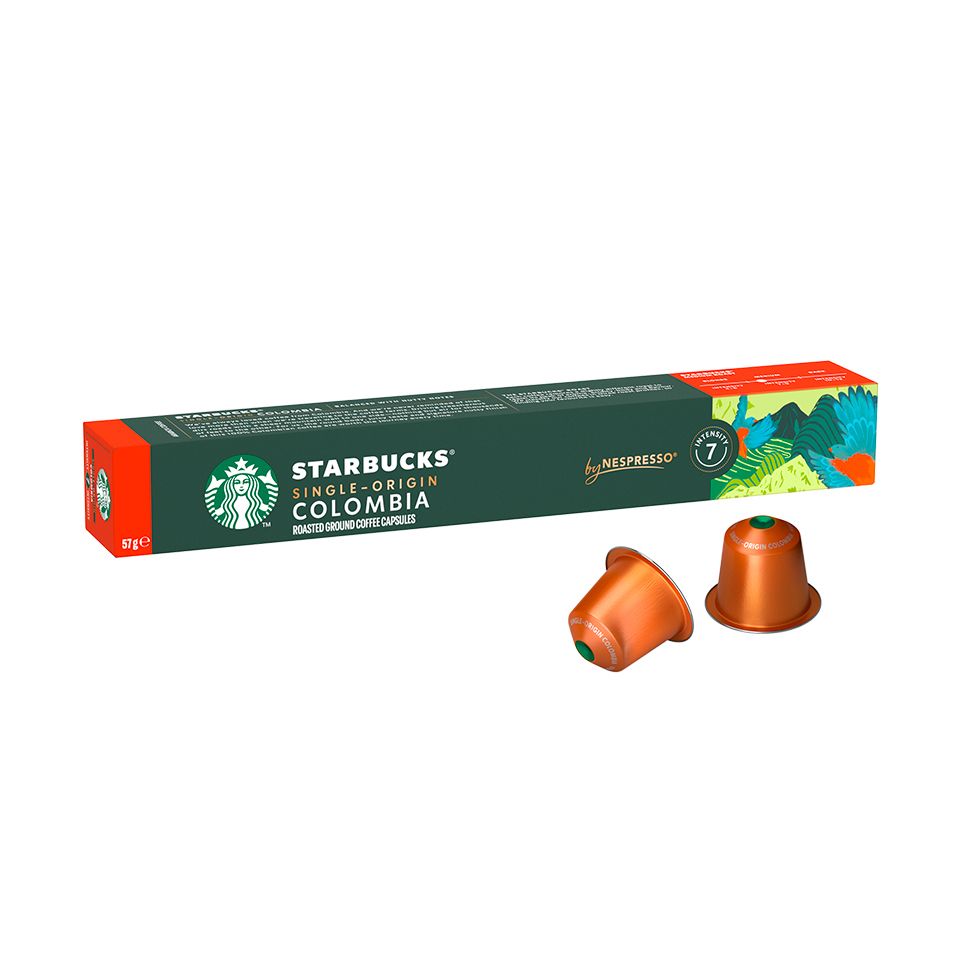Why SOE Single Origin Espresso Is Loved Among Baristas
Why SOE Single Origin Espresso Is Loved Among Baristas
Blog Article
Comprehending Coffee Beans: the Journey From Coffee to Blended Coffee Beans

The Beginnings of Coffee: A Worldwide Point Of View
While you may think of coffee as a contemporary staple, its origins trace back centuries, intertwining with cultures across the world. The story begins in Ethiopia, where legend states a goat herder named Kaldi found the stimulating impacts of coffee beans after seeing his goats frolicking energetically after consuming them.
As trade courses broadened, coffee made its way to Europe in the 17th century, quickly gaining appeal. Each culture added its special spin to coffee preparation, enhancing its history.
Growing and Harvesting of Espresso Beans
As coffee's trip evolved, the emphasis moved to the cultivation and harvesting of specific bean selections, specifically those utilized for coffee. You'll find that espresso beans typically come from Arabica or Robusta plants, each offering distinctive tastes. The suitable expanding problems consist of high altitudes and rich, well-drained dirt, which boost the beans' quality.
Throughout the harvest, choosing methods vary. In some regions, workers hand-pick ripe cherries, guaranteeing only the most effective fruit mosts likely to processing. In various other locations, mechanical farmers are utilized, specifically on bigger farms. Timing is vital; you wish to collect when the cherries reach peak ripeness for maximum taste.
As soon as collected, the beans are prepared for processing, which is crucial in establishing their final taste. Understanding the cultivation and gathering procedures gives you insight into what enters into your preferred espresso, enriching your admiration for each cup.
Processing Approaches: From Cherry to Bean
Since you have actually found out about collecting coffee beans, let's discover just how those cherries change right into the coffee beans you enjoy. You'll see how different harvesting strategies effect flavor, complied with by the essential actions of fermentation and drying. We'll break down the milling and grading procedure that identifies your coffee's quality.
Gathering Strategies Clarified
When it concerns coffee, understanding harvesting strategies is crucial, because they directly impact the flavor and quality of the beans you enjoy. There are two main approaches: selective picking and strip selecting. Selective picking entails hand-picking just ripe cherries, guaranteeing you get the very best quality beans. This technique frequently causes a richer flavor profile, though it's even more labor-intensive. On the other hand, strip choosing methods harvesting all cherries at as soon as, regardless of ripeness. While it's quicker and cheaper, this can result in a mix of tastes, affecting the end product. Ultimately, the option of gathering strategy can significantly affect your coffee experience, so it's worth understanding just how those beans made it to your cup.
Fermentation and Drying Out
After harvesting, the following action in processing coffee beans play a substantial function in shaping their taste. You'll locate that fermentation is important, as it assists damage down the mucilage bordering the beans, improving their taste profile. Relying on the method, this procedure can last from a couple of hours to numerous days, with differing outcomes based on temperature level and moisture.
Sun-drying enables the beans to take in flavors from the setting, while mechanical drying warranties constant wetness degrees no matter of climate. Appropriate drying is essential to prevent mold and mildew and protect the beans' top quality, eventually affecting your mug of coffee.
Milling and Grading Process
As fermentation and drying set the phase for taste development, the milling and grading procedure warranties that just the most effective coffee beans make it to your cup. This phase entails removing the external layers of the coffee cherry, including the parchment and husk. After milling, the beans are arranged by size and weight, ensuring an uniform high quality. You'll discover that grading helps recognize problems and categorize beans, which influences taste and fragrance. Top notch beans obtain a greater grade, leading to a richer coffee experience. When graded, the beans await packaging and delivery, preserving their distinct characteristics. This precise procedure is essential for delivering the remarkable taste you enjoy in every sip of your favorite brew.
Toasting Strategies: Opening Flavor Possible
When you roast coffee beans, the method you pick can drastically impact the flavor profile. Recognizing the partnership in between time, temperature level, and toasting methods is essential to disclosing the capacity of your brew. Let's discover just how these components collaborated to produce the ideal mug.
Toasting Techniques Explained
While you may think that all coffee roasting approaches produce the same outcomes, the reality is that each technique reveals unique flavor capacities in the beans. Drum toasting utilizes a rotating drum to uniformly distribute warmth, boosting caramelization and creating a well balanced flavor. Air roasting, on the other hand, distributes warm air around the beans, advertising a lighter roast with noticable acidity.

Effect On Flavor Profile
Various roasting approaches not just influence the procedure but likewise substantially impact the flavor profile of the coffee beans. Dark roasts, on the various other hand, bring out bold, smoky tastes, often concealing this the bean's special qualities. Comprehending these nuances helps you value the artistry behind your cup of coffee, enhancing your general experience with every sip.
Time and Temperature Level Aspects
To release the complete taste capacity of coffee beans, both time and temperature level during the toasting process play substantial duties. When roasting, you'll discover that higher temperature levels can promptly establish flavors, yet if you rush it, you might wind up with charred notes. Alternatively, reduced temperature levels permit a more steady taste advancement, showcasing the beans' one-of-a-kind qualities.

Timing is simply as essential; expanding the roast also long can bring about a loss of acidity and brightness, while also brief a roast might leave the beans underdeveloped. Discovering that sweet spot requires method and experimentation. By readjusting these elements, you can disclose the abundant, complex flavors hidden within each bean, creating an absolutely impressive coffee experience.
The Art of Mixing: Crafting Unique Coffee Profiles

Beginning by choosing a base coffee that provides a solid structure. Select complementary beans to improve particular taste notes. For circumstances, a bright Ethiopian bean can bring fruitiness, while a rich Brazilian coffee includes body. Trial and error is essential-- do not hesitate to adjust ratios till you locate your optimal profile.
As you mix, keep in mind that each mix narrates. You're not simply making coffee; you're creating an experience. So, take your time, taste often, and take pleasure in the journey of uncovering your signature mix.
Developing Techniques: Exactly How Prep Work Influences Flavor
Blending coffee opens up a domain of flavor opportunities, but how you make that mix can substantially affect your last cup. On the other hand, a pour-over highlights the coffee's clearness and brightness, ideal for showcasing delicate notes.
Espresso, with its high pressure, creates a concentrated shot that highlights sweetness and crema. If you like a lighter mixture, think about a cold brew method; Read Full Report it yields a smooth, less acidic taste.
Adjusting variables like water temperature, grind size, and brew time can change your coffee's profile. Embrace the art of developing to uncover the tastes hidden in your coffee blends.
The Future of Coffee: Sustainability and Advancement
As the coffee sector progresses, sustainability and development are becoming vital for dealing with environmental obstacles and meeting customer demands. You'll see that more coffee companies are taking on environment-friendly methods, from sourcing beans morally to carrying out lasting farming strategies. These shifts not only help the world however also improve the high quality of the coffee you delight in.
You might see developments like naturally degradable packaging and water-saving brewing approaches that lower waste. Advanced innovation, such as blockchain, is likewise coming to be popular, guaranteeing transparency in the supply chain, which permits you to map your coffee back to its origins.
On top of that, purchasing local communities and supporting farmers through reasonable trade campaigns cultivates a much more lasting coffee environment. As you sip your following cup, keep in mind that your options can add to a brighter future for coffee. By opting for sustainable brand names, you're not simply delighting in a drink; you're making a positive influence on the globe.
Often Asked Inquiries
What Is the Difference Between Arabica and Robusta Beans?
Arabica beans are smoother, sweeter, and have a greater level of acidity, while robusta beans are stronger, extra bitter, and include even more caffeine. When making your coffee., you'll see these differences in flavor and aroma.
How Does Elevation Affect Coffee Bean Flavor?
Elevation impacts coffee bean taste significantly. Greater elevations generate beans with brighter level of acidity and complex flavors, while lower elevations commonly produce beans that are much heavier and less nuanced. You'll observe these distinctions in your mug!
What Are the Wellness Benefits of Alcohol Consumption Coffee?
Consuming coffee can increase your power, improve mental emphasis, and even enhance physical efficiency. It's rich in anti-oxidants, may decrease the risk of certain conditions, and can promote a healthier metabolic rate when eaten in small amounts.
Can Coffee Beans Be Recycled for Brewing?
Yes, you can reuse coffee beans for developing, however the taste could be weaker. If you enjoy exploring, try reusing them in various ways, like chilly brews or contributing to smoothie mixes for an added kick.
Exactly how Should I Shop Coffee Beans for Freshness?
To keep your coffee beans fresh, keep them in an airtight container in a trendy, dark location. Avoid subjecting them to light, warm, or dampness, as these aspects can swiftly degrade their flavor and fragrance.
Recognizing Coffee Beans: the Trip From Coffee to Blended Coffee Beans.
Currently that you have actually found out concerning harvesting coffee beans, allow's discover exactly how those cherries transform into the coffee beans you love.When you roast coffee beans, the technique you select can drastically influence the taste profile - Single Origin Espresso.While you may think that all you could check here coffee toasting methods produce the same outcomes, the reality is that each method reveals special flavor capacities in the beans.Different toasting techniques not only affect the procedure yet likewise substantially influence the flavor profile of the coffee beans
Report this page